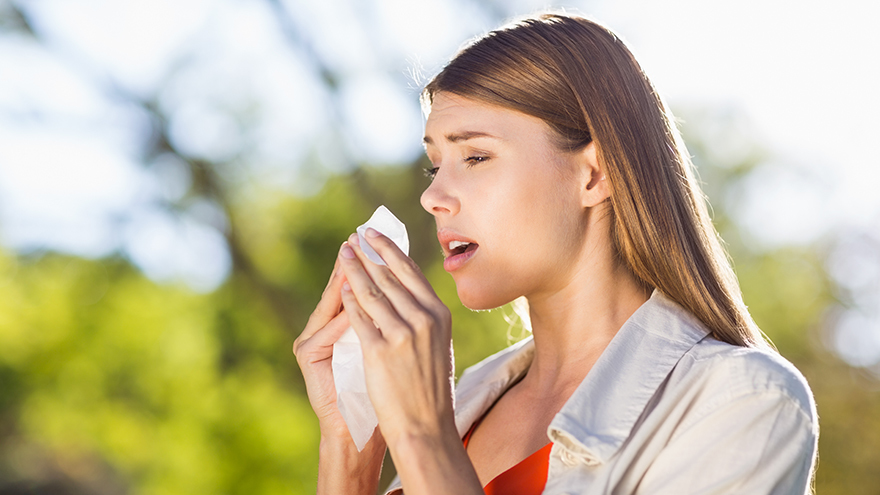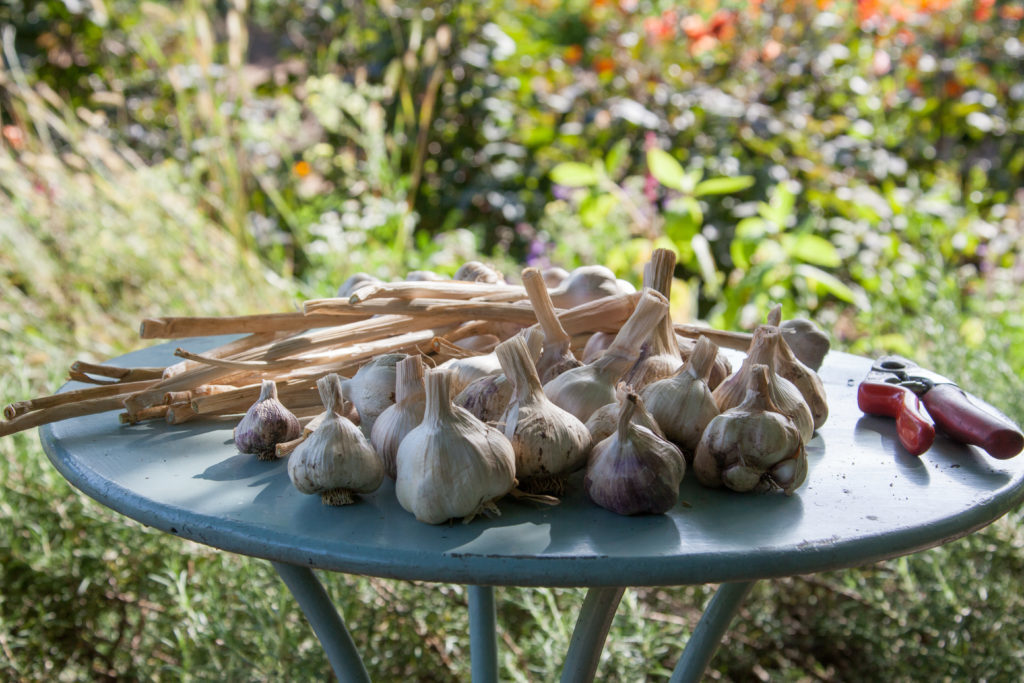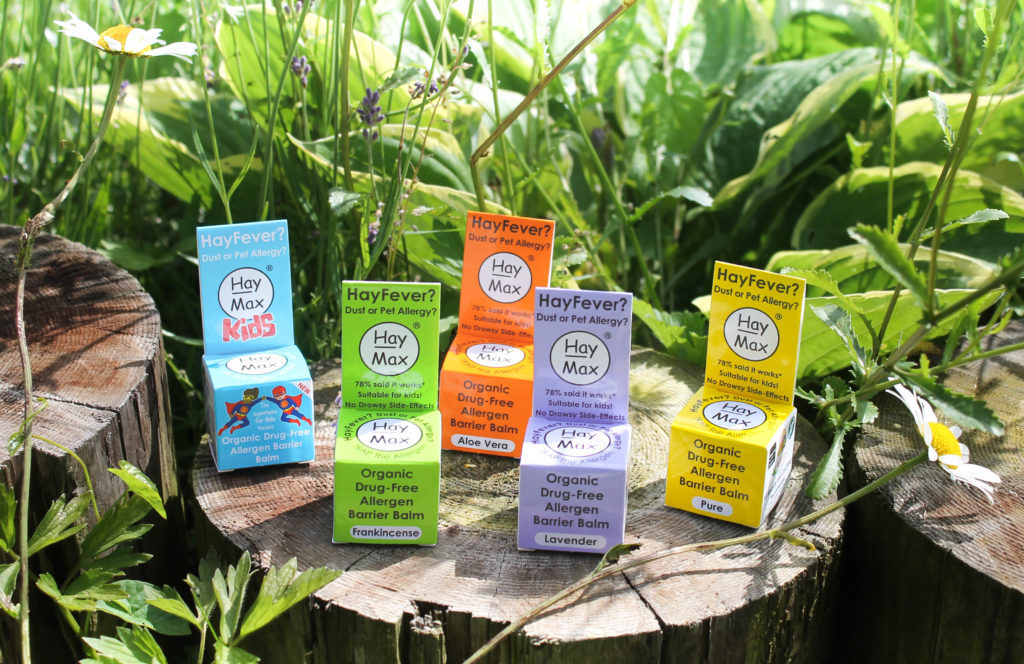This Is Why Your Hay Fever Is Kicking Off

Many may not be aware of Hay Day which falls on June 22. But you might be surprised to learn that this date is traditionally the worst day of the year for sufferers. Of course, it depends on the weather and other factors, but it’s during the height of the grass pollen season and if it’s a hot sunny day, pollen counts are likely to be very high indeed. But this is no reason to stay indoors argues airborne allergens expert and creator of HayMax allergen barrier balm, Max Wiseberg.
“Hay Day is statistically the worst day of the year for hay fever sufferers,” says airborne allergens expert Max Wiseberg. “But if weather conditions are favourable – cool and cloudy – then pollen counts won’t be as high as on hot, sunny days. But whether or not it turns out to be the worst day for hay fever sufferers, there are many things you can do to ease your symptoms apart from hiding away indoors.
If you have an allergy to dairy, you avoid dairy. And it’s the same with pollen, though somewhat more difficult to avoid microscopic particles that you can’t even see. Everyone can tolerate a certain amount of pollen without reaction, but once this is exceeded – known as your ‘trigger’ level – then an allergic reaction will occur, causing the debilitating symptoms of hay fever.
Before going outdoors, try applying an allergen barrier balm such as HayMax around the rim of your nostrils and bones of the eyes, to help stop pollen getting into your body. HayMax has been proven to trap over one third of pollen grains in independent studies.
Wear closefitting sunglasses, to help keep pollen out of the eyes and to help relax sore, itching eyes.
Avoid going outdoors early in the morning and in the early evening, as these are the peak times for pollen in the air we’re breathing.
Keep windows and doors closed as much as possible in the office and at home, to avoid pollen being blown in.
Certain foods can help or exacerbate hay fever symptoms. So try to include some of the following in your lunchbox: red onions and apples that contain the natural antihistamine quercetin, pineapple, which contains bromelain that helps the absorption of quercetin, and garlic, which helps reduce excess catarrh. There are others that are best to avoid. Cut out or limit dairy, refined and processed foods as they stimulate mucus, which can build up in the throat and make hay fever symptoms worse. And researchers report that eating margarine increased the risk of nasal allergy symptoms and wheezing.
When outdoors, wear a cap, hat or other head cover, and if you have long hair, tie it up; this will help prevent pollen becoming trapped in your hair.
When returning home from work or exercising, or other leisure activity, (and when you get to work if there are the facilities) have a shower and put on some clean clothes. This will help remove pollen that has built up during the day on your hair, skin and clothes.”
HayMax allergen barrier balms retail at £6.99 per pot and are available from Holland & Barrett; selected Morrison’s and Boots; independent chemists, pharmacists and health stores or by calling 01525 406600.







